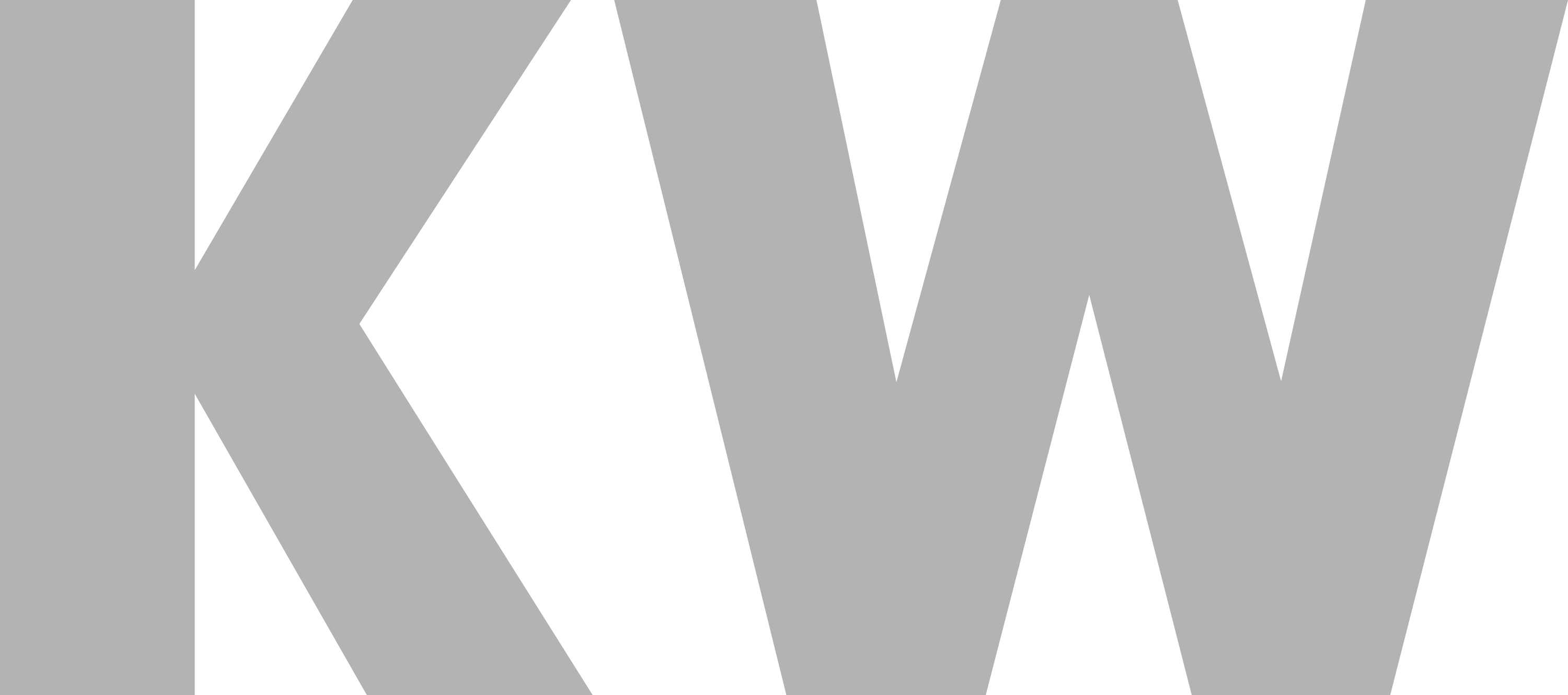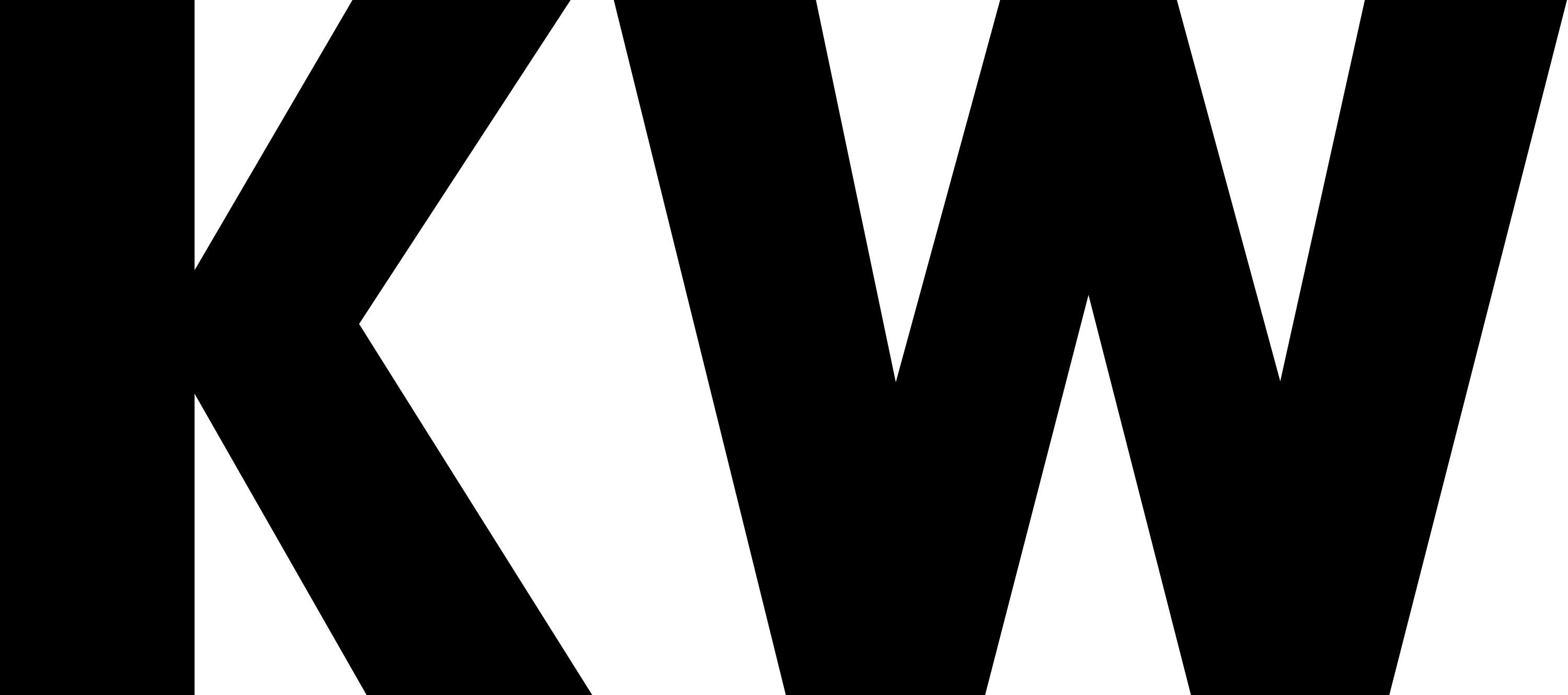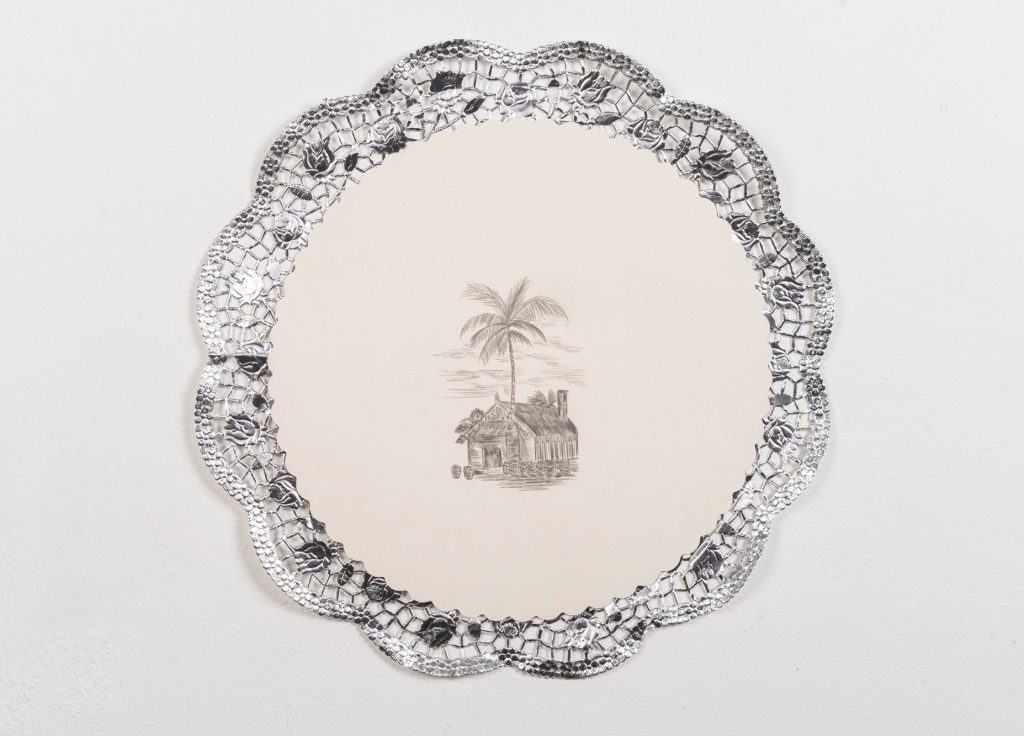Curatorial Introduction
BPA// Exhibition 2022
3 December 22 – 15 January 23
Artists: Orawan Arunrak, Benjamin Busch, Dina El Kaisy Friemuth, Sarah Friend, Julian Irlinger, Paul Kolling, Shirin Mohammad, Nnenna Onuoha, Tang Han and Ernie Wang
Orawan Arunrak, Bacadi, 2022, Drawing. Courtesy the artist
KW Institute for Contemporary Art and BPA// Berlin program for artists are pleased to collaboratively present the BPA// Exhibition 2022, featuring the ten artists in their final year of BPA//, with works produced over the course of their participation. The exhibition takes over two floors of KW’s front house, and continues in the courtyard with a window installation by El Kaisy Friemuth.
The BPA// Exhibition 2022 allows for the various artistic positions to be explored individually as well as for cross-references to emerge. Discernible in the work of many of the artists—Arunrak, Busch, El Kaisy Friemuth, Mohammad, Onuoha, and Tang—is a shared interest in the functioning of individual, collective and public memory. Each in their own way and in relation to different discourses, these artists identify, question and challenge the parameters that define how moments and occurrences are remembered and inscribed in history, with works that propose how overlooked perspectives and narratives can be made intelligible.
Friend, Irlinger, Kolling and Wang share a critical approach towards social, capitalist, or political mechanisms, particularly those effective in the routines and infrastructure that constitute our living and working environments. Friend and Wang each play with notions of the obsolete and the animate in relation to objecthood, and challenge the order of things. Kolling further points out how signification can shift over four decades, while Tang does so over a period spanning 200 million years.
The exhibition is accompanied by a set of essays for which each artist has invited an author of their choosing to reflect on their respective artistic practice and work. The collection of writings is available in KW’s bookshop. In addition, the accompanying public program, which includes tours and a Pogo Bar event, offers a deeper engagement with certain practices.
In 2020, KW Institute for Contemporary Art and BPA// Berlin program for artists founded their partnership. BPA// is an artist-led organization, founded in 2016 by Angela Bulloch, Simon Denny, and Willem de Rooij. The program is centered around mutual studio visits between participants and mentors. It is punctuated with a range of public events, organized together with both artist-run spaces and renowned institutions. Each year BPA//’s mentors select ten of Berlin’s most promising emerging artists to join the program for two years. Participation is free of charge and includes support to produce new work.
Exhibiiton space ground floor
Shirin Mohammad, A house then, a museum now, chapter one: wind of 120 days, 2019, still frame from three channels video Asbestos factory town. Courtesy the artist
Shirin Mohammad (b. 1992, IR)
A house then, a museum now, chapter one: wind of 120 days, 2019/22
Multimedia installation
Asbestos factory town, 2019
Three-channel video
11:30 minutes
Green columns, 2019
One column, green screen paint
Citrullus colocynth, 2019
Fridge, colocynth desert vine plant, sand
Direct sound No.1, 2019
Sound piece Antarctica by Lawrence English published by Taiga on AsTaiga29 LP 19:16 minutes
A house then, a museum now, chapter one: wind of 120 days is a multimedia installation by Shirin Mohammad resulting from her research into areas of exile in Iran. Portrayed is a former asbestos industrial complex from the 1980s, located between the two cities of Nehbandan (Southern Khorasan province) and Zabol (Sistan-and-Baluchestan province). The complex is located in a desert climate exposed to the Wind of 120 Days—a four-month long summer wind that affects every aspect of life in the region, raising blinding sandstorms and causing droughts. Now void of human life, the town once held the promise of work and income for laborers from the region and beyond who migrated there, most likely without being aware of the dangerous consequences of exposure to asbestos. While filming the dilapidated factory town, Mohammad also focused on the harsh economic conditions of the Baluchi people, as well as on numerous ethnic, religious, and linguistic discriminations imposed on them, which have escalated into an ongoing ethnic violent conflict.
Shirin Mohammad works in Berlin and Tehran. She received her MFA from the University of the Arts in Bremen in 2021. She recently exhibited at Gesellschaft für Aktuelle Kunst, Bremen; ACUD Gallery, Berlin; Saatchi Gallery, London; O Gallery, Tehran; and the Museum of Contemporary Photography (MoCP), Chicago. Her second solo show opens in Spring 2023 at Künstlerhaus Bremen.
Ernie Wang, Untitled (Ark), 2021, Ceramics. Courtesy the artist
Ernie Wang (b. 1993, TW)
Where Dreams Come True… But You Got Away, 2022
Mixed-media installation
In Where Dreams Come True… But You Got Away, Ernie Wang’s refined ceramic crafts meet the grand shape of a baroque chandelier. The installation combines fantasy elements with objects relating to warfare, sex, and escapism to address dilemmas of our present-day reality, which is often characterized by experiences of frustration. The artist is inspired by computer games, theme park designs and the logistics of Berlin sex clubs, and merges their furnishings and ephemera into the ceramic microcosm of a sugarcoated castle. With many paths, ladders, gates, and a moat, Wang builds a simultaneously utopian and dystopian cosmos, which he then confronts with questions of the obsolete and animate, inclusivity and exclusivity, accessibility and inaccessibility, and the dedication to leisure, if not escapism.
Ernie Wang holds a BA from the Slade School of Fine Art, London. His work has recently been collected by Bundeskunstsammlung and he will be part of Educational Web at Kunstverein in Hamburg in 2023.
Dina El Kaisy Friemuth, KA, 2021, Video still. Courtesy the artist. Cinematography: Diara Sow
Dina El Kaisy Friemuth (b. 1988, DE)
KA, 2021
HD-Video, Loop, Ton
4:43 Minuten
(Window Café Bravo)
SOUL, 2022
Fensterfolie
With their artistic practice, Dina El Kaisy Friemuth creates conversational environments unpacking the complexity of collectivity and belonging. In KA (2021), their mother’s stories resuscitate the lived histories of Egyptian artifacts that are at Berlin’s Neues Museum and were stolen through colonization. With an installation on the large windows of KW’s Cafe Bravo, El Kaisy Friemuth continues to ask questions of fraught boundaries between told and untold stories, inside and outside, center and margins; it includes texts by Duygu Ağal and María Berríos.
Dina El Kaisy Friemuth holds a MFA from the Royal Danish Academy of Fine Arts (Copenhagen) and Berlin University of the Arts. Since 2016, El Kaisy Friemuth has worked as part of the artist collective FCNN (Feminist Collective With No Name). Recently, they exhibited at O–Overgaden Institute for Contemporary Art, Copenhagen; Gasworks, London; the 11th Berlin Biennale; and 1-1, Basel. They were the recipient of INTRO, O–Overgaden’s development program for young artists in 2021 and was awarded the Enhancement Award from M1 Arthur Boskamp Stiftung for 2021/2022.
Sarah Friend, Terraforming, 2022, Exhibition view Terraforming“ bei Nagel Draxler Crypto Kiosk, Berlin, 2022. Courtesy the artist and Galerie Nagel Draxler Berlin/ Cologne/ Munich. Photo: Simon Vogel
Sarah Friend (b. 1988, CA)
Counterfactuals, 2022
Air filters, ethernet cables, hardware, ink on cardboard
Dimensions variable
Exit, 2022
Computer fans, plexiglass, extruded aluminum, hardware
Sarah Friend’s recent work focuses on the physical infrastructure of computing, and punctuates the tangible dimension that is often negated in the intangible dimension called online. In a series of sculptures, Friend uses cables, cable housing, air filtration panels and other waste material from a local data center to render visible the machinery that constitutes the online sphere, as well as to stress the indispensable human labor involved in this apparatus. In Friend’s observation, cables are like nervous systems establishing connections, and computers and data centers become like bodies—inhaling, exhaling, pulsating, warming up, cooling down, and never completely silent.
Sarah Friend is an artist and software developer, and currently is Visiting Chair of Blockchain Art at The Cooper Union. Recent solo exhibitions include Off: Endgame (curated by Rhizome, Refraction, and Fingerprints) at Public Works Administration, New York, and Terraforming at Galerie Nagel Draxler, Berlin.
Nnenna Onuoha, Santa-Isabel airport. Arrival of the first foreign civilians from Biafra., 1968. Courtesy the artist. Photo: Max Vaterlaus
Nnenna Onuoha (b. 1993, NG)
Baby Picture, 2022
Two-channel video with sound
12:00 minutes
With Baby Picture, Nnenna Onuoha presents a work in progress in which she examines documents from the archives of humanitarian aid organizations. For a generation of southeastern Nigerians, these documents took the place of family and childhood photographs, which were scarce or entirely absent from private photo albums. In conversation with current elders—who were children during the Biafran War—she explores the affordances of these images: Should we censor them, given how they abjectified African children for Western audiences? Or are we obliged to show them, to bear witness to a shared suffering that was never really grappled with by the Nigerian government in the aftermath of the conflict?
Nnenna Onuoha is a Ghanaian-Nigerian researcher and artist. In Berlin, she has exhibited at alpha nova & galerie futura, the Brücke-Museum, and Galerie im Turm, where her first solo showed opened in December 2022. Nnenna is currently a doctoral student in Media Anthropology at Harvard University and Global History at Universität Potsdam.
Tang Han, Ginkgo and Other Times, 2022. Courtesy the artist
Tang Han (geb. 1989, CN)
Ginkgo and Other Times, 2022
4K Film, color, sound
15:00 minutes
Miss Ginkgo: Chapter 1, 2021
Single-channel video, color, sound
4:37 minutes
Miss Ginkgo: Chapter 2, 2022
Single-channel video, color, sound
6:13 minutes
In her most recent work, Tang Han takes Ginkgo biloba—a living fossil dating back 200 million years—and its nut as her subject matter. The ginkgo tree is dioecious, with female and male reproductive organs. The sexes are virtually indistinguishable from each other until the trees reach sexual maturity, but only the female sex can produce the fruit that was, among others, a popular dietary supplement in China in the 1990s. However, nowadays ginkgo may be nothing more than a street tree integrated in the city, as urban planners often choose it because of its prominent ability to adapt to various climates, and resist pollution and pests. Tang further unravels the shifting significations of the living entity that has survived a myriad of temporalities.
Tang Han received her MA in 2019 from the Berlin University of Arts. Her work has been shown in exhibitions at Kunsthaus Dresden, OCAT Shenzhen, and HOW Art Museum, Shanghai. She has screened work at film festivals including the International Festival of Films on Art, Montréal, Taiwan International Documentary Festival, DOK Leipzig, and Image Forum Festival, Tokyo.
Exhibition space Studio
Paul Kolling, Strukturversagen, Offset thermal printing plates, 2022. Courtesy the artist. Photo: Fred Dott
Paul Kolling (b. 1993, DE)
SVS Detail 14a EG, 2022
MDF, screws, glue
SVS +45.000, 2022
Offset thermal printing plates, MDF, clamping screws
r133 cover, 2022
Facsimile, polyester print drawing foil, acrylic glass, aluminum mounting
r133 32–33, 36–37, 2022
Facsimile, polyester print drawing foil, acrylic glass, aluminum mounting
With Strukturversagen, Paul Kolling addresses shifting and deviating perspectives on Germany’s energy infrastructure, and its resonance in the public and political sphere. Created on a 1:1 scale, the wooden sculpture piercing the exhibition space is based on plans and schematics of an electricity mast. It is accompanied by copies of an enlarged image from the anarchist magazine radikal. As an act of activism against the continued delivery of nuclear power after the 1986 Chernobyl meltdown, radikal incited its readers to sabotage electrical grids. The German state subsequently banned the underground magazine and filed complaints against it for promoting the formation of terrorist organizations. Its censorship atomizes the positions of energy producers and distributors, state and citizen, and emphasizes the extent to which state ideologies can enter our homes.
Paul Kolling graduated from HFBK University of Fine Arts Hamburg in 2020 and recently exhibited at the 58th Carnegie International, Pittsburgh; Kunsthalle Zürich; Kunstverein Hamburg; CAFA Art Museum, Beijing; and the Canadian Centre for Architecture, Montréal. He was awarded the ars viva prize of the Kulturkreis der Deutschen Wirtschaft in 2022.
Julian Irlinger, Untitled, 2022, Production still.
Julian Irlinger (b. 1986, DE)
Schweinfurt, 2022
Three-screen digital slideshow
15:00 minutes
For his new series of photographs, Julian Irlinger focuses on the micro-narrative of a traditional family-run butcher’s shop. With his camera, he accumulates the details of daily activities of three generations and followed his subjects over several months through the shop, kitchen, delivery and private spaces. His observations often result in close-up images that bear intimate witness to the social space alongside the repetitive production mode of the business. Presented here as a triptych, the interval of the image sequences mimics the rhythm of the fast-paced daily labor process. The multitude of artistic photos, as well as the depicted rigid routines to guarantee safety, cleanliness, and order, stress the inevitability of productivity in life under capitalism.
Julian Irlinger studied at the HGB Leipzig and the Städelschule, Frankfurt am Main, and participated in the Whitney Independent Study Program, New York. He recently exhibited at the Dortmunder Kunstverein and Galerie Wedding, Berlin. In November 2022, his solo exhibition Gift opened at the Wende Museum, Los Angeles.
Orawan Arunrak, Bacadi, 2022, Zeichnung. Courtesy die Künstlerin
Orawan Arunrak (b. 1985, TH)
After This…, 2021–2022
Mixed-media installation
By using ordinary objects and simple mediums, Orawan Arunrak plays with our expectations and perceptions of the familiar and unfamiliar in relation to our surroundings. Snack plates are used as material for small drawings, depicting landscapes from non-remarkable places. At first glance Arunrak’s large paintings seem void, but, after looking closer, the delineating miniature drawings become apparent. They are like brown road signs indicating the presence of a touristic or historical site that is in the vicinity yet out of sight. However, in Arunrak’s work they indicate common places from daily life. The installation is accompanied by cards with single sentences and words in Thai, English, and German, which are based on Arunrak’s observations of these landscapes. They become an associative map, presenting a way to freely connect the pictures and words—they allow for smaller narratives to be recognized in larger ones, related to the visitor’s own experience.
Orawan Arunrak lives and works between Bangkok and Berlin. Her practice is aimed at engaging in dialogues with local inhabitants in an attempt to merge the space of art and non-art. Her works were exhibited in Nation, Narration, Narcosis at Hamburger Bahnhof – Museum für Gegenwart in Berlin (2021) and in Ghost 2565: Live Without Dead Time in Bangkok (2022). In 2023, she will participate in a group exhibition at the Kunstverein in Hamburg.
Benjamin Busch, Untitled (Disco Scanner), 2021, Vertical video presented as part of the spatial setting for the artistic VR experience Scanning the Horizon: An Immersive Archive. Courtesy the artist
Benjamin Busch (b. 1987, US)
Scanning the Horizon: An Immersive Archive, 2022
Interactive VR, length variable
With his multi-part artistic project, Scanning the Horizon: An Immersive Archive (2022), Benjamin Busch maps out spaces significant to Berlin’s various queer communities. Since 2021, he has visited thirty spaces and scanned them using the digital imaging technique of spatial LiDAR scans. The three-dimensional point cloud virtual reality maps of legendary bars like Ficken 3000, the party series Gayhane at SO36, and cultural institutions such as BEGiNE or Sonntags-Club, are enhanced with field recordings and audio interviews with their operators, alluding to the many untold stories to which these spaces are home.
First trained as an architect, Benjamin Busch received his MA in Spatial Strategies in 2017 from the Weissensee Academy of Art, Berlin. He has collectively and individually engaged with the social production of space through his artistic practice. He co-directed the collective project The Institute for Endotic Research from 2018 to 2022, he most recently exhibited at the 39th Kasseler Dokfest, and he will exhibit in 2023 at the Kunstverein in Hamburg.
Colophon
Curator: Léon Kruijswijk
Assistant Curator: Anna-Lisa Scherfose
Head of Production: Claire Spilker
Technical Management: Wilken Schade
Head of Installation, Media Technology: Markus Krieger
Installation Team: KW Installation Team
Registrar: Monika Grzymislawska
Assistant Registrar: Carlotta Gonindard Liebe
Education and Art Mediation: Laura Hummernbrum
Public Program and Outreach: Linda Franken
Press and Communication: Marie Kube, Anna Falck-Ytter
Text and Editing: Léon Kruijswijk, Anna-Lisa Scherfose
Academic Traineeship: Lara Scherrieble
Interns: Pauline Hagen, Janika Jähnisch, Gina Ruhlandt

BPA// Berlin program for artists is funded by the Senate for Culture and Europe and made possible through the support of the LOTTO Stiftung Berlin












